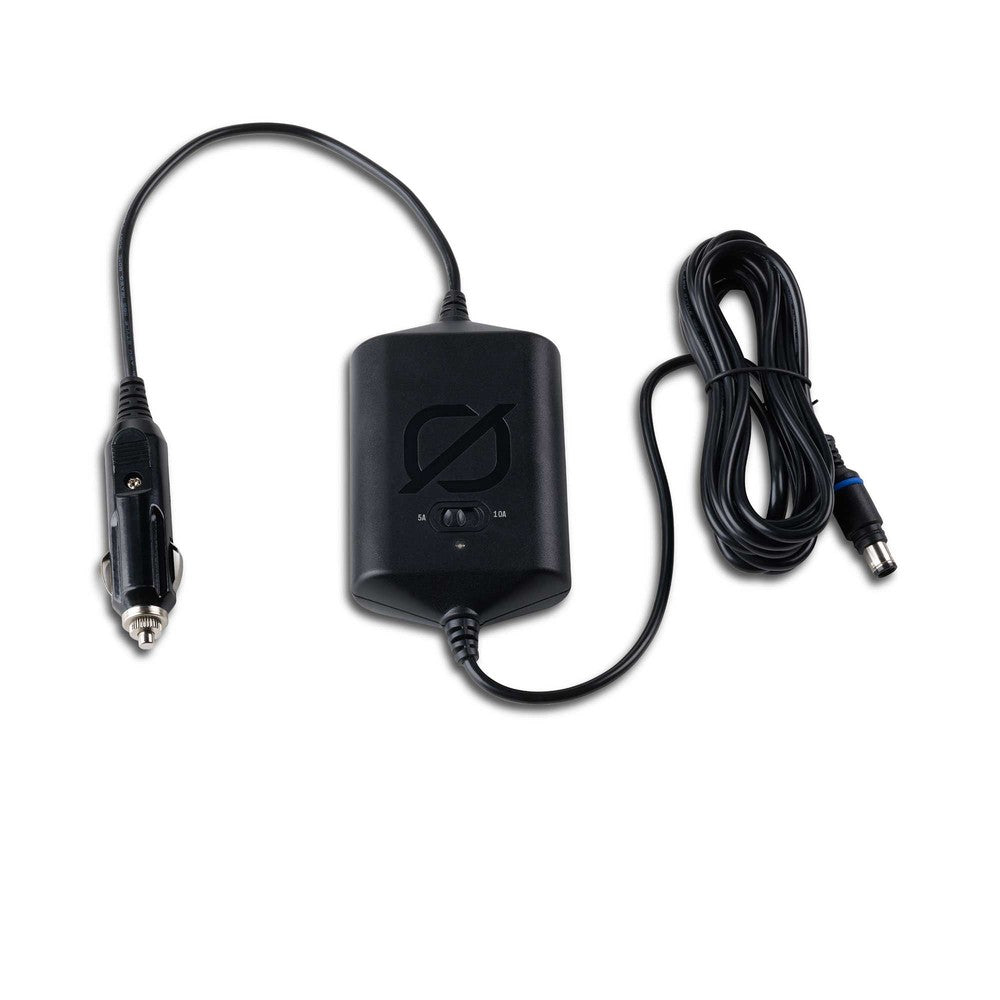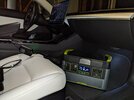Wanted to share with the community how M3 saved us from a big disaster.
We live in a community with a lot of tall trees. During storms they sometimes fall down on power lines, causing power outages. Back in the summer we lost power to the house during one such rainstorm. We neglected to check on our
backup sump pump, which unfortunately failed to start. After a few hours we noticed that the finished basement started to fill with water

Luckily, we noticed the water just in time to take action.
Having read threads like this one, and having watched a few related YouTube videos, for ~$250 total I purchased several items for just such an occasion. At the time when I bought the items wife gave me an eyeroll coupled with the obligatory "haven't we spent enough money on the car already." The equipment gathering the proverbial dust for a year plus in the garage didn't help matters... But alas when the water started flooding our basement, these items came in very handy:
1000W Bestek inverter (my
primary sump pump has a 800W rating), upgraded Spartan Power 3 Foot 1/0 AWG alligator clamp cable set,
electrical rubber gloves,
protector gloves,
100ft extension cord to carry power from the inverter to the basement (in retrospect a 50ft length would have been sufficient for our house). Admittedly my approach with all equipment was very conservative: I decided to purchase a smaller inverter than the supposedly possible up to 2000W in order not to strain the battery, I wanted to use gloves just in case I accidentally did something dumb around the battery or cables, etc.
So when we realized the water issue, we quickly re-watched a
YouTube video on how we are supposed to connect the inverter to the car and sprung into action. We connected the inverter to the 12V battery in the frunk (first the red terminal, then the black), turned on the inverter and the sump pump immediately kicked in in the basement. While we realize that the better way is to connect the inverter to the main battery under the right rear passenger seat, that was too adventurous for us. I know using your Tesla for emergency backup isn't recommended by Tesla, but frankly when faced with a ruined basement, we didn't think twice about doing this.
In the end, the sump pump worked with no issues for about an hour, at which point the water was all gone. (Soon after the grid power was restored to the house). I haven't had any issues with the 12V in the 6+ months since the event.
A few other notes:
- If you are serious about having this type of backup, make sure all your equipment is easily accessible. When time is precious, you don't want to be running around the house or garage looking for different parts. We store it all in a dedicated box.
- Use rubber boots if wading through water. Be sure to hang the extension cable so that it doesn't touch water.
- To keep the car from going to sleep we put it in camp mode and put a 20lb weight on the driver seat to make the car think a driver was inside.
- If you anticipate a major power grid disruption, be sure to charge your car beforehand.
- We also store a 150W inverter in the center cubby at all times in case we need to charge a laptop or another AC device from the cigarrette lighter outlet.




